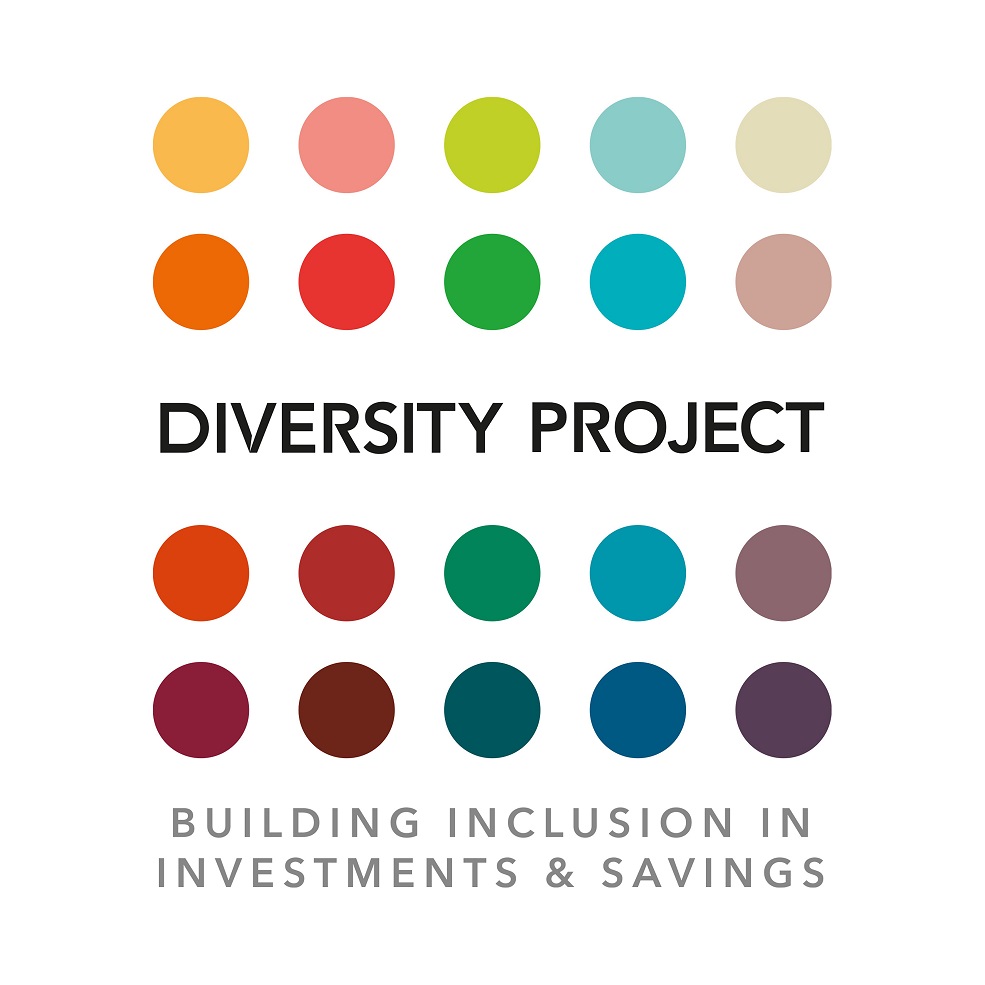Striking the balance between delivering a tasty income today while sowing the seeds for higher dividends in years to come is the artful science at the heart of equity income investing. Rathbone Income Fund manager Alan Dobbie explains how he approaches the task.

Squaring the dividend triangle
At its heart, investing is all about trade-offs. You want to earn high returns, but to do that you need to take on more risk. You want to own the best businesses, but so does everyone else, so you must pay up to get them. Investing for income is no different: income is just another feature of stocks whose risks and strengths can be weighed up and valued.
Standard fixed income investing is based on a classic, two-sided trade-off. Investors must weigh up the attractiveness of a promised set of fixed payments against the likelihood of the issuer defaulting on their obligation.
So how do fixed income investors assess the two sides of this equation? Deciding whether an income stream is attractive depends on your required rate of return. Perhaps you need a specific amount to fund your lifestyle or to meet your own financial obligations. Evaluating the risk of an issuer defaulting is a harder question to answer and is typically outsourced to the credit-rating agencies. While not infallible, their standardised ratings provide an easy tool for assessing and comparing creditworthiness across industry, geography and asset type.
When it comes to equities, investing for income has an extra dimension. Not only do you have to consider how much income you’re getting paid and the risk of default, but you must also consider the potential for dividend growth. This makes the trade-off more triangular in nature. While finding attractive, secure and growing dividend streams may be the stated aim, in practice markets are rarely so obliging. Companies with reliable and growing dividends often see their stock prices pushed higher and their yields fall, meaning their dividends become less attractive. While those with lower stock prices and paying high yields may continue to deteriorate, cutting dividends and hurting the share price even more. As a result, investors are again left making trade-offs. Are you better off buying a high dividend which doesn’t grow much and risks being cut, or a lower but perhaps more secure and growing dividend stream?
Our clients often ask us which we prefer. Our answer sounds a bit glib, but is truthful: “It depends.” You see, companies with many tried-and-tested high-return growth opportunities shouldn’t be returning large amounts of cash to shareholders – they should be using it to invest in their attractive projects! Conversely, those with few compelling growth opportunities should be handing the cash back to investors who can then put it to better use elsewhere. That’s literally the magic of capitalism in a nutshell.
Breaking the mould
The problem is that some companies are constrained by their identity. These days it’s not a good look for the board of a tech company to pay out a lot of free cashflow to shareholders because it implies that they have few worthwhile growth opportunities requiring investment. Conversely, banking execs know that their investors are likely to view any growth ambitions as flights of fancy and withdraw their capital, pushing the bank’s share price lower. In these situations, dividends become the outcome of something other than sensible capital allocation.
Very occasionally companies can change their spots. Stagnant high-yielders can become dividend growers, and growers can become higher-yielders. One recent example is UK electricity and gas supplier SSE. For years the company believed its entire financial raison d’etre was providing a chunky dividend. Growth ambitions didn’t extend beyond hoping to keep these payouts in line with inflation. This arrangement worked well. The company knew what it had to deliver and shareholders knew what they were getting.
However, over recent years the transition to renewable energy has provided SSE with several avenues for growth. Not only by building numerous offshore windfarms, but also by modernising its electricity grid to cope with the coming increase in electricity usage relative to other more carbon-intensive forms of energy. These opportunities require significant upfront investment, something incompatible with a company paying out most of its free cashflow in dividends. Back in 2021, SSE’s board made the difficult decision to cut its dividend from 2024. The decision didn’t initially meet with universal approval, yet we applauded their sensible approach to capital allocation. Since then, the company’s share price has trended upward and it now plans on paying a reasonable but faster-growing dividend.
This example highlights another key difference between fixed income and equity income investing. Equity sits lower down the corporate capital structure than debt. This means that while companies are legally obliged to make the interest payments on their outstanding debt, dividend payments are entirely at the board’s discretion. In practice this means that simply assessing a company’s ‘ability’ to pay a dividend is not enough. Equity income investors must also take a view on a company’s ‘willingness’ to pay that dividend. While ‘ability’ can be easily enough done by screening for dividend cover and balance sheet strength, judging a company’s ‘willingness’ to pay involves a greater degree of subjectivity. For this, there is no substitute for putting in the hard graft going through company accounts and talking often with management to understand a company’s approach to capital allocation – and how it may change over time.









